Positive Affirmations
Positive affirmations are a way to cultivate kindness and positivity. These are statements that can be written, displayed on a mirror or in sight as a reminder, or said aloud. It can be helpful to use the present tense when stating these, avoid including negative statements, and keeping them specific and to the point.
How do I use them?
It is most helpful to create affirmations that feel genuine to you. It won't feel as powerful repeating a mantra or affirmation that doesn't feel authentic or true. It can also be helpful to focus on non-appearance related affirmations, such as "I am a kind friend", "I am worthy of love", "I can handle challenging things". A key point to remember is to create affirmations based on your current reality. Example, if you are feeling sad, an affirmation might be “I have overcome painful things in my life” as opposed to “I am happy” which may not accurately describe your experience.
Do they work?
Like most things, positive affirmations require intentional and repeated practice. One statement will not counteract the stress, anxiety, doubt etc... you might be feeling. The idea is that over time, this can become a habitual practice that promotes positive feelings and self-talk and reduce negativity.
Alternatives to affirmations
One alternate but similar exercise to affirmations is called "loving kindness". It is a meditation-based exercise where well wishes are extended to yourself or others. Examples include "may I be happy" or "may they find peace". If you find it difficult to extend compassion to yourself, doing so for a friend or loved one is a nice place to start.
Below we’ve included a script from “Berkley’s Greater Good in Action”—audio version also available https://ggia.berkeley.edu/practice/loving_kindness_meditation. Try it out yourself!
For this practice, it's especially important that we find a comfortable position. This will be easiest lying down or seated.
To help us focus and gain some initial stability, let's bring our attention and awareness to the breath at the belly. Inhale, noticing sensations of breath. Exhale, noticing sensations of breath, as the belly rises and falls.
We'll now shift into this practice of joy, by bringing to mind someone who we really believe has our best interests in their heart. Someone who has extended kindness and support to us. This could be someone we know now or someone from the past. A friend, family member, teacher, colleague.
Choose just one person and bring them to mind as though they were seated right in front of you. Smiling at you.
Imagine them truly wishing for you to be happy, fulfilled. For you to have a life that is flourishing. Imagine them beaming this towards you in their smile, in their eyes. And with your next breaths, inhale and draw in that intention of goodness.
In meditation and visualization practices, we have an opportunity to generate positive emotional states right here and now that we might experience in the world where this person really next to us. Simply through our mind and imagination, it's as though we can call upon this valuable resource right here, right now. So for a couple more breaths, really take in this wish of well, happiness, joy from this person who cherishes us.
Sending Loving-Kindness to Loved Ones
Now letting go of the image of this person, notice if in the body there is any emotional residue. Feelings of warmth or goodness. Ways we can identify what it's like to receive this wish of happiness. Then relax into these sensations and feelings for just a couple breaths.
With this feeling of support and happiness, we can now extend this boost of joy to others. Bring to mind someone in your life who could really use an extra boost—a friend, family member, or colleague. And again, bring them to mind vividly as though they were right in front of you.
And without too many stories, or thoughts, or ideas—just call upon this experience of wishing this person to be truly happy, fulfilled, joyful. As you inhale, draw in this intention. And as you exhale, wish this person happiness, fulfillment, flourishing.
Twice more—inhale, drawing in this intention. And then exhale, sending out.
Release the image of this person. And once again, just notice the sensations in your own body associated with wishing someone else well, generating and extending joy.
Let's bring this practice to a close with three long inhales and three long exhales.
Concluding thoughts
Affirmations, prayers, and mindfulness can be helpful tools but are not a substitute for therapy. If you are finding the process difficult or that low self-esteem, anxiety, depression etc.. are causing significant distress, seeking support from a professional is could be beneficial.
